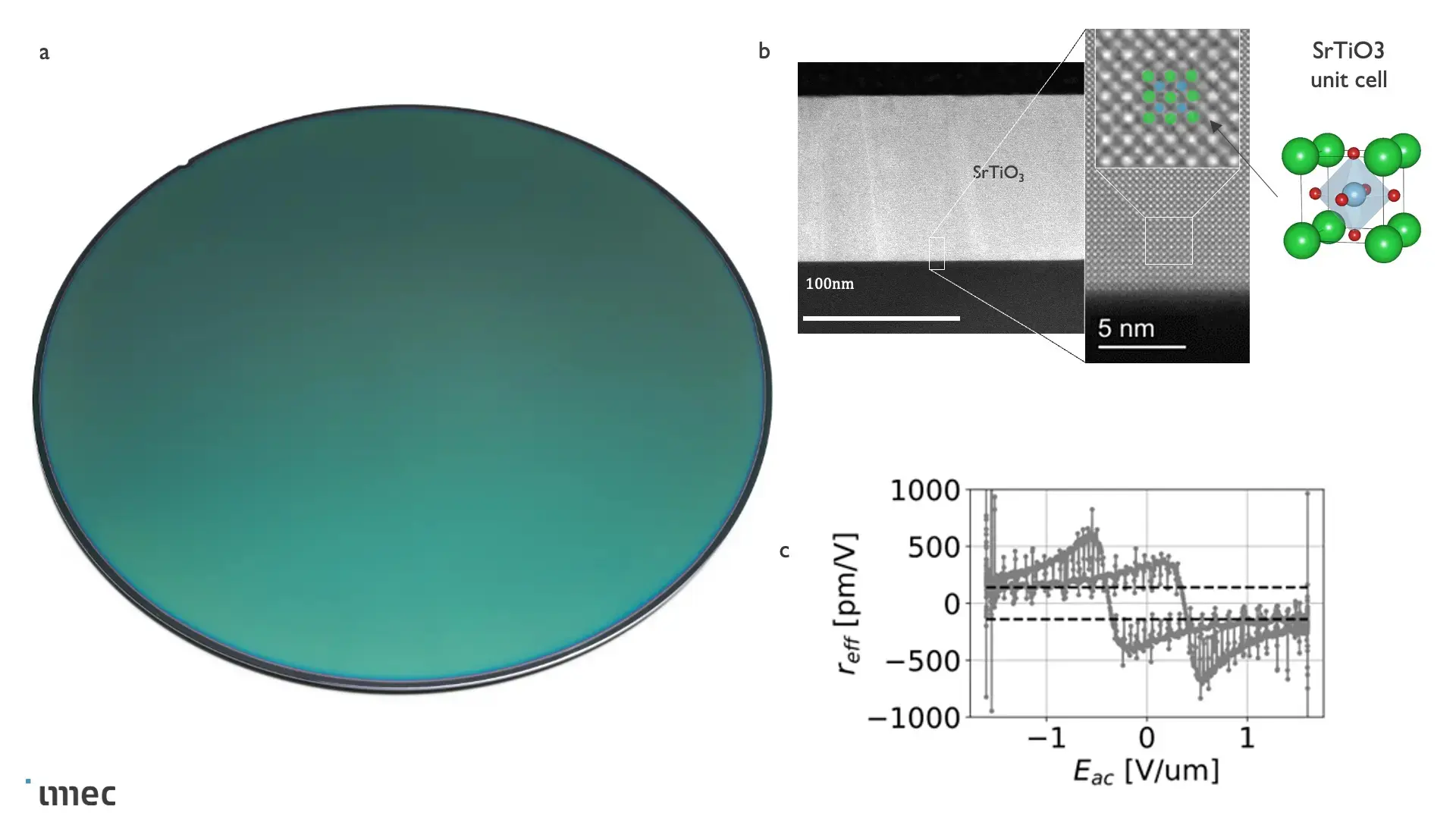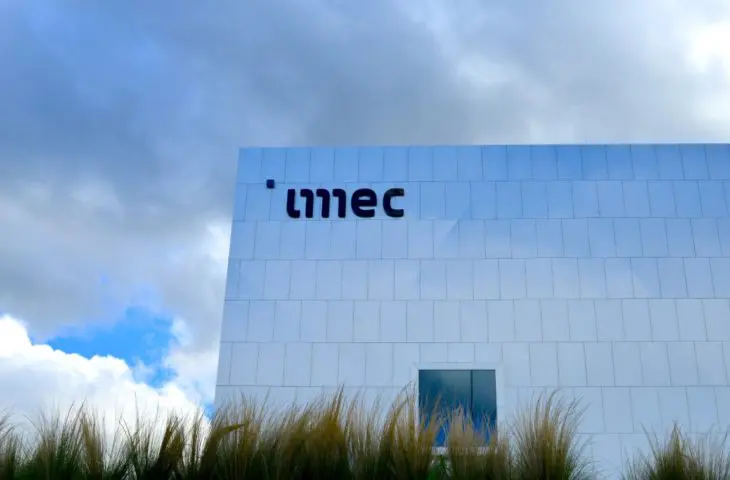A new breakthrough from Imec could significantly accelerate the development of quantum applications. It is developing a film that remains efficient even at temperatures near absolute zero.
In 2025, we have already witnessed several potentially interesting developments in quantum technology. The Leuven-based research center Imec announced on Friday a breakthrough that enables faster quantum chips. Imec demonstrates an electro-optical thin film developed that performs well at extremely low temperatures. The results were published in the scientific journal Science.
Near Absolute Zero
The new technology, based on strontium titanate (SrTiO₃), remains operational down to 4 Kelvin. This makes it suitable for applications in quantum computers and detectors. Electro-optical materials control light signals using electric fields. They are an essential component in telecom and data applications, but are also becoming increasingly important in quantum technology.

The problem is that they cannot withstand extremely low temperatures. The Imec team, in collaboration with KU Leuven and Ghent University, optimized a thin film of strontium titanate that performs better at these low temperatures than at room temperature. At 4 Kelvin (-269.15 °C), the material achieves a Pockels coefficient of 345 picometers per volt.
That is the highest value ever reported under these conditions for a thin film. For the non-physicists among us: this coefficient indicates the extent to which a material influences the refractive index of light under the influence of an electric field. The higher the value, the more efficiently light can be modulated, which is essential for nanoscale data communication.
Breakthrough for Quantum?
In addition to its high electro-optical performance, the material also exhibits low optical losses. This makes it eligible for integration into future quantum chips. The thin film can serve as a basis for components such as modulators, interconnectors, and transducers. These are necessary to couple superconducting quantum processors with optical networks.
In parallel with the publication, a second study appeared which Imec conducted in collaboration with Stanford University. This demonstrates that the electro-optical properties of strontium titanate can be purposefully adjusted at low temperatures. Both studies together confirm that the material is suitable for integration on wafers and can therefore be used in the production of photonic chips.
